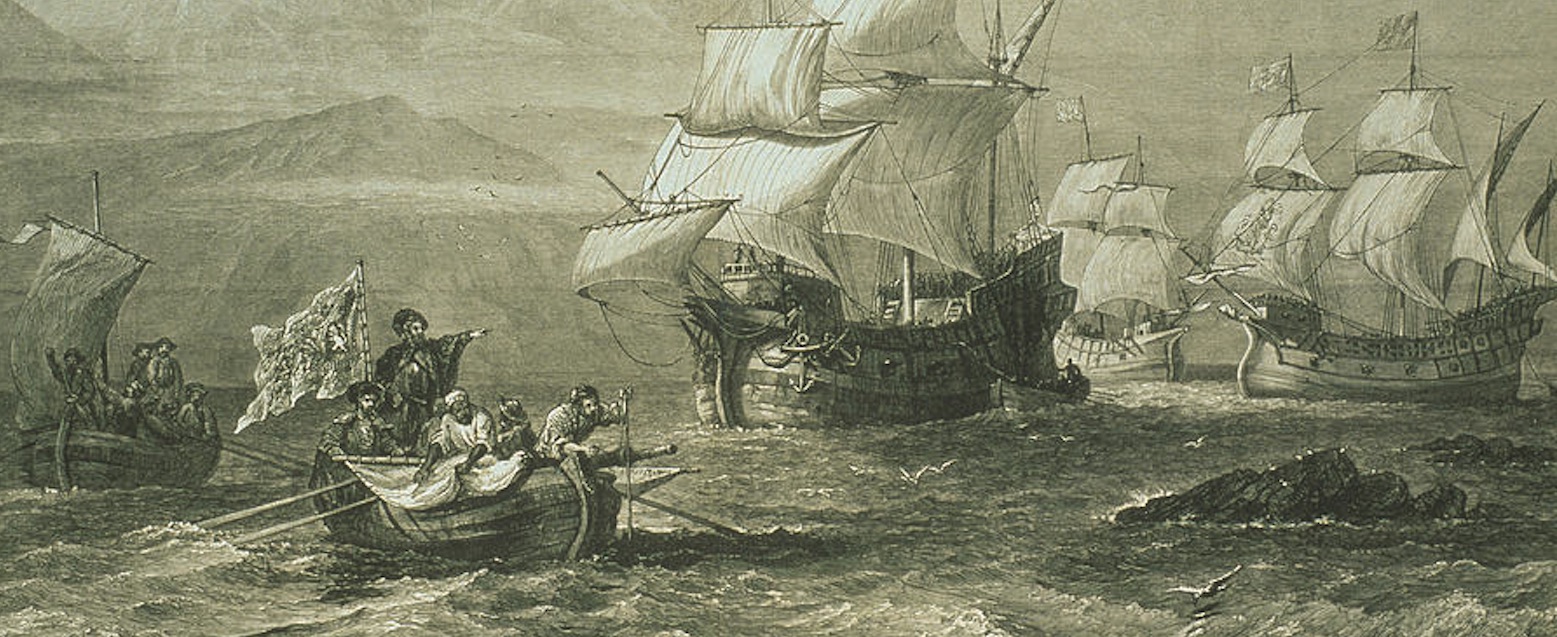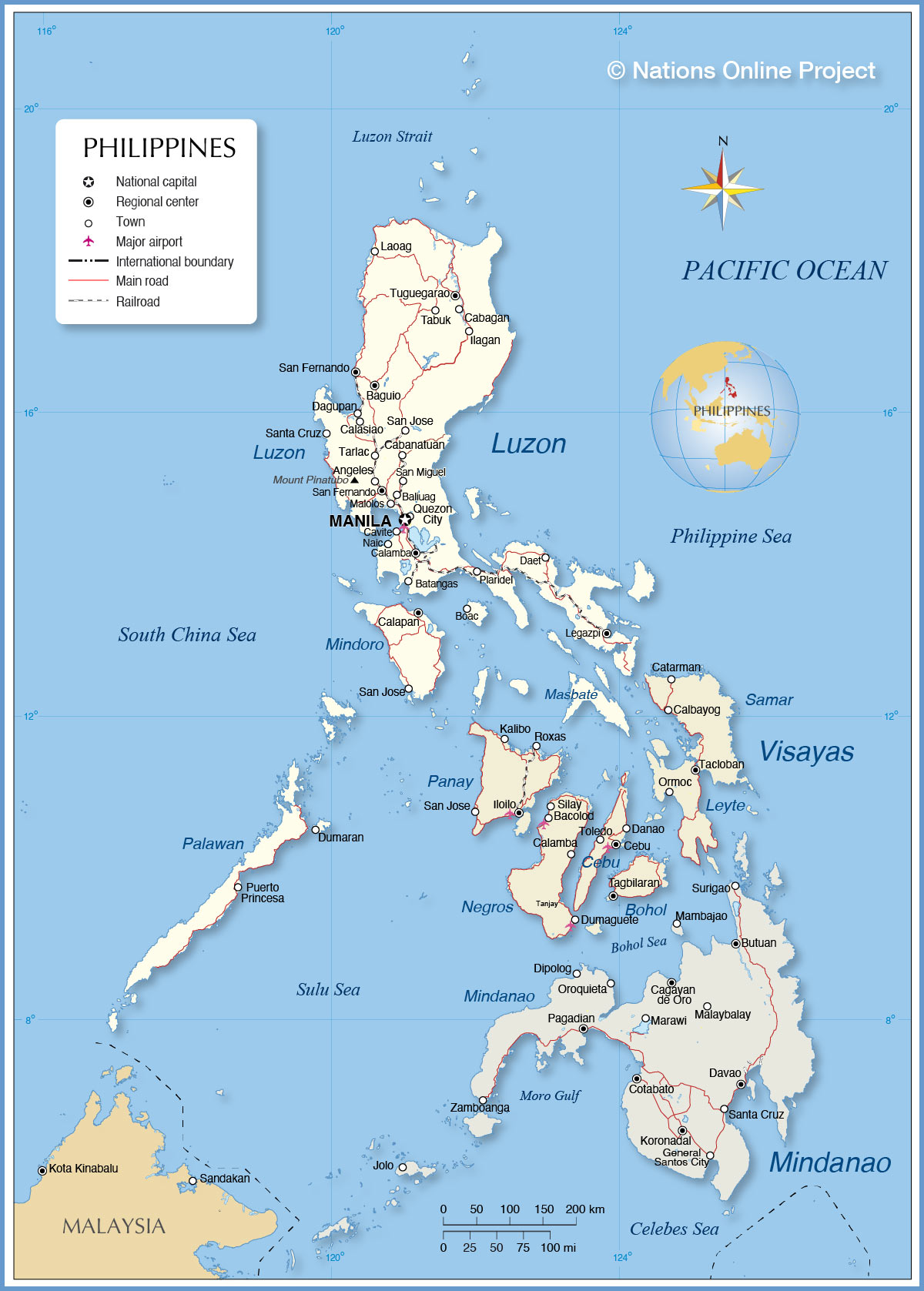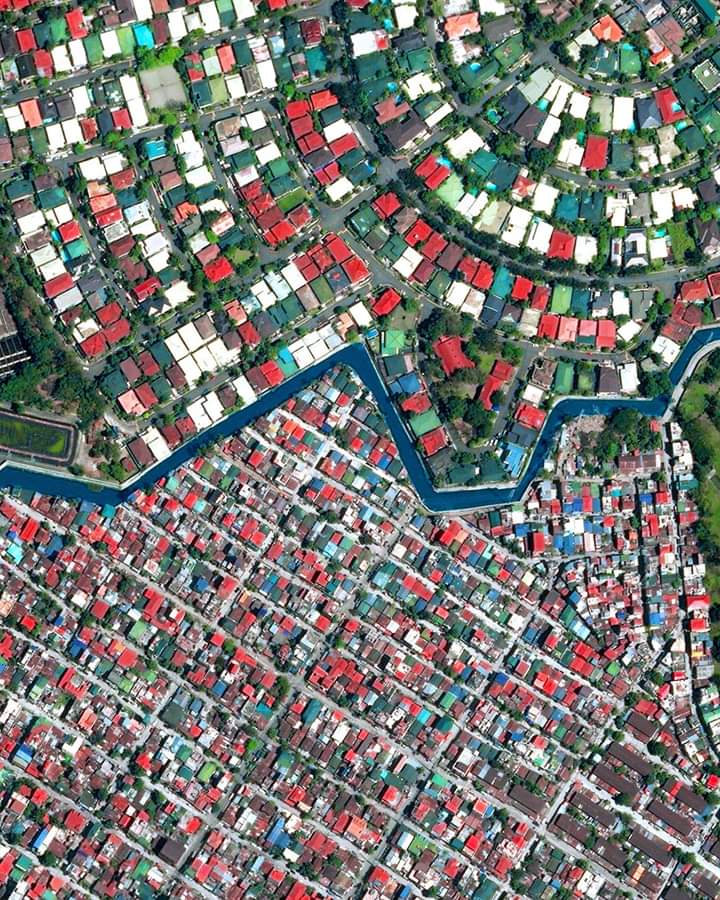
Magellan's mission . . . "The arrival of the Spanish colonizers paved the way for the fracturing of the nation that is now the Philippines." — Elin Anisha Guro. [o]
Sometimes it feels as if racial discrimination, superiority, and profiling only exists in First World countries. In the Philippines, for instance, where I'm from, few foreigners would know that the term Filipino refers to many different peoples with their own languages and cultures. The Pearl of the Orient (a term given by Spanish colonizers) — an archipelgo of almost 8000 islands — is also home to the Cebuanos, Zamboangueños, Ilokanos, and the indigenous and ethnic groups such as the Manobos, Maranaos and Yakans, to name a few.
I speak of this because I, too, am part of a minority. As a Bisaya, someone who lives far from the capital and coming from a city with many Maranaos and Filipino Muslims, we are among the under-represented communities in the country.
We had differences that resulted in many misconceptions about our tribe.
In the wake of George Floyd’s death and the cascade of protests in the last month, I’ve been thinking about two things: my experience as a person who feels discriminated against in my own country, and the behaviour of those who see me as different. Regarding the latter, I’m drawn to Robin DiAngelo’s book, White Fragility: Why It's So Hard for White People to Talk About Racism (2018). Its thesis revolves around the idea that white people in their actions, behaviors, and feelings promote racism, even though they are not consciously doing it. In her seminal essay ‘White Fragility’ (2011), DiAngelo defines the term as “a state in which even a minimum amount of racial stress becomes intolerable, triggering a range of defensive moves. These moves include the outward display of emotions such as anger, fear, and guilt, and behaviors such as argumentation, silence, and leaving the stress-inducing situation. These behaviors, in turn, function to reinstate white racial equilibrium.”
I’m very familiar with this. In the Philippines, living in a province (think of living in the provinces instead of London) outside the capital, and a city with a rich Muslim culture, I am bound to experience prejudice. For several reasons, but the two most prominent are: The Philippines is mostly Roman Catholic, and someone from the capital is considered “superior” to someone who isn’t.

Map of the Philippines showing the main three regions of Luzon, Visayas and Mindanao. [o]
For instance, as a Bisaya Filipino, when I visit Manila I get people asking me if we have malls, how we manage to buy cellphones, if we have airports. (An equivalent might be someone from New York City asking similar questions of someone from Colorado.) And then there is the fact of being a Filipino Muslim.
In January, a memorandum was signed by the Manila Police District Chief ordering station commanders in Manila to submit an updated personal information of Muslim students in colleges, universities, and high school. This was said by the Salaam Police Center to be used as "part of the strengthening of peace-building and counter violent extremism of the PNP [Philippine National Police]". The police defended it and said that the memorandum was misinterpreted. No matter the reason, doubt and then fear grew.
We, Bisayas and Maranaos, already felt differently from how other communities felt. As people who have fought foreign colonizers over and over again — which was a key reason much of our culture has been preserved — we had differences that resulted in many misconceptions about our tribe. Some even feared and rejected us. In the city that I live in — in Mindanao, the second largest island in the Philippines with a population of 26 million — there are suburban areas that deny those who introduce themselves as Maranaos to live there. In my university I came upon a dorm that did not allow Maranao students. And my Maranao and Bisaya friends who went to university in the capital faced the same degrading remarks.

A river separates different neighborhoods in Manila. [o]
In DiAngelo's book, the "insular environments” of white people prevent them from experiencing racial discomfort and contributes to their fragility. I experienced this when I travelled with my Maranao friend and her family to the city of Cebu in the Visayas islands, still part of Mindanao. Walking in the huge malls, I didn’t see one Muslim people or anyone who was part of the Maranao tribe. Since the women in my friend’s family were wearing their head scarfs, we stood out and received hostile stares that made us very uncomfortable. When we were lost, we had the opportunity to talk to some shoppers using Visayan, which is the native tongue. They were shocked and asked us how it was we understood their language. We told them that we also lived in a city in Mindanao where their language was spoken. It made me realize how little they know of other tribes and minorities from the country. It was a disturbing realization.
Though this may paint a bleak picture, some places are slowly changing and becoming more accepting. I live in one such city, and I’m pleased to report that more and more people are understanding that it’s not good to generalize about a race, community, or group of people. My personal wish is that people stop saying the words “I am not racist" and instead describe themselves as “anti-racist." As DiAngelo writes in White Fragility, one of the ways to be an anti-racist is to start by acknowledging that you are racist, take the time to be informed, and stop being ‘fragile'. If something throws you out of your racial comfort zone, don’t lash out and end up being defensive or punishing someone else. With the world as it is, we need to learn how to live in peace with each other, regardless of our differences. By starting with race, color, sex, or religion, we can hopefully become aware of more subtle types of difference.
At the core we are all human. We hate, hurt, love and care. We have feelings and emotions. And most importantly, we are thinking beings. Let us be critical, cautious, and apprehensive of what we say and do. Let us always make a conscious effort to educate ourselves and understand others, and then reflect on the difference it can make — and how, when we do, we notice the world change closely around us. ≈ç
FURTHER READING
The Paradox of Multiculturalism: Ethnicity and Identity in the Philippines >
Racial Discrimination in the Philippines (UN Conference) >

JESSA GERONIMO is a writer, teacher, researcher, online marketing and SEO specialist, and an Assistant Editor at The Journal of Wild Culture. She has a degree in education from Xavier University, Ateneo de Cagayan, in Northern Mindanao, where she lives.

Add new comment